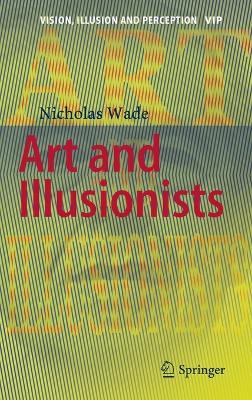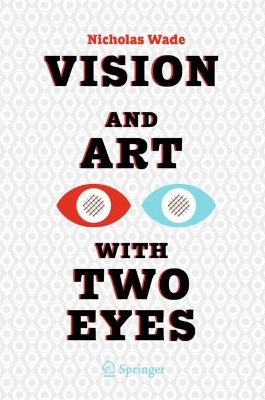Vision, Illusion and Perception
2 primary works
Book 1
We delight in using our eyes, particularly when puzzling over pictures. Art and illusionists is a celebration of pictures and the multiple modes of manipulating them to produce illusory worlds on flat surfaces. This has proved fascinating to humankind since the dawning of depiction. Art and illusionists is also a celebration of the ways we see pictures, and of our ability to distil meaning from arrays of contours and colours. Pictures are not only a source of fascination for artists, who produce them, but also for scientists, who analyse the perceptual effects they induce. Illusions provide the glue to cement the art and science of vision. Painters plumb the art of observation itself whereas scientists peer into the processes of perception. Both visual artists and scientists have produced patterns that perplex our perceptions and present us with puzzles that we are pleased to peruse. Art and illusionists presents these two poles of pictorial representation as well as presenting novel ‘perceptual portraits’ of the artists and scientists who have augmented the art of illusion. The reader can experience the paradoxes of pictures as well as producing their own by using the stereoscopic glasses enclosed and the transparent overlay for making dynamic moiré patterns.
Book 3
This book celebrates binocular vision by presenting illustrations that require two eyes to see the effects of cooperation and competition between them. Pictures are flat but by printing them in different colours and viewing them through similarly coloured filters (included with the book) they are brought to life either in stereoscopic depth or in rivalry with one another. They are called anaglyphs and all those in the book display the ways in which the eyes interact. Thus, the reader is an integral element in the book and not all readers will see the same things. The history, science and art of binocular vision can be experienced in ways that are not usually available to us and with images made specifically for this book. The study of vision with two eyes was transformed by the invention of stereoscopes in the early 19th century. Anaglyphs are simple forms of stereoscopes that have three possible outcomes from viewing them – with each eye alone to see the monocular images, with both eyes to see them in stereoscopic depth or rivalry, or without the red/cyan glasses where they can have an appeal independent of the binocularity they encompass. Through the binocular pictures and the words that accompany them there will be an appreciation of just how remarkable the processes are that yield binocular singleness and depth. Moreover, the opportunities for expressing these processes are explored with many examples of truly binocular art.

